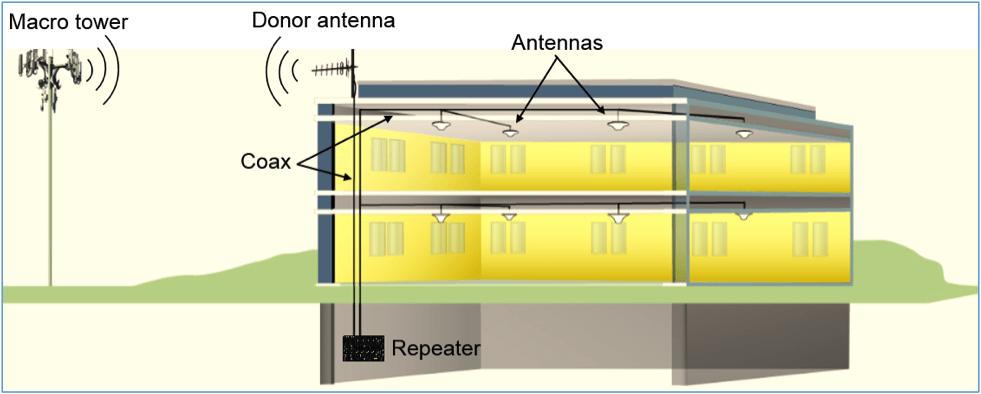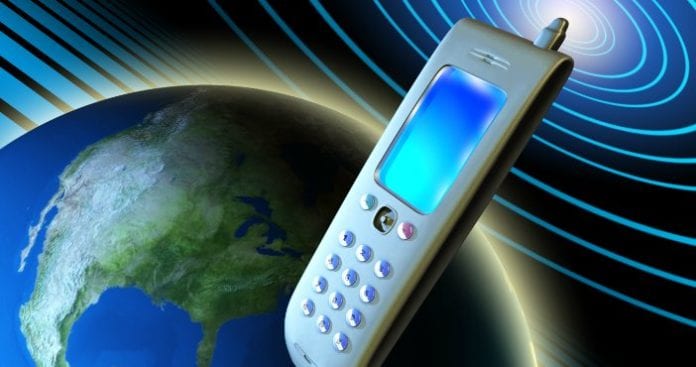Despite all the hype about small cells, digital repeaters are still the easiest, lowest cost, and most reliable solution for improving in-building wireless coverage for all carriers. I am not talking about the broadband signal boosters that are not carrier-authorized, which can potentially interfere with just about everything, including public safety systems, and result in fines. I am talking about digitally-filtered, carrier-approved, frequency-dependent industrial repeaters that keep pace with carrier network enhancements. These digital repeaters have been feeding DAS systems for over 15 years and remain a core option for carriers today.
Digital Repeaters vs. Small Cells
Small cell deployment costs may appear to be less on the surface, but as you add multiple carriers and more frequency bands, the cost increases exponentially. Until there is a proven and reliable multi-carrier small cell solution in the market, small cell will not be the answer to most enterprise customers’ coverage challenge. Besides being more expensive, many small cell solutions available today have other inherent drawbacks. Their performance can be diminished by interference with nearby macro sites operating in the same frequency ranges, as well as other small cells or fiber DAS systems fed by carrier radios. Co-channel interference results from spurious signals from these nearby sites, which can lower the Signal-to-Interference-plus-Noise Ratio (SINR) and overall performance. A lower SINR can affect both the users on the small cell and those connected to the macro sites or other small cells.
Digital repeaters get their source directly from the macro sites themselves, and are filtered to reduce the effects of co-channel interference with low delay, simplifying installation. Another potential drawback of small cells is the recurring operational expense for the land-line backhaul, which is typically a fiber lease. Digital repeaters are a one-time purchase with no recurring charges.
How Digital Repeaters Work
Digital repeaters receive the signals from the macro sites, filter them, and amplify only the appropriate frequencies to the signal strength required to have good service in the building. These systems will include one or more donor antennas, which point to the respective macro sites, providing the carrier signals. Behind the repeaters are one or more antennas to act like mini cell towers throughout the building. An optimized model is typically created in advance using an in-building wireless coverage design tool to simulate performance. This optimization will determine the number and types of antennas needed, and how they will all interconnect.

The Bottom Line
The total cost of a typical digital repeater installation by a qualified local contractor, or DAS integrator, can be less than $10,000 for a single carrier and a few antennas, with remarkable performance. Furthermore, any enterprise can easily purchase and install it themselves with the assistance of a local DAS integrator. The costs go up as more carriers are added and as more antennas are needed, but it will almost certainly be less expensive than a small cell deployment. Each situation will be different, and digital repeaters might not be the right solution for you. But, you owe it to yourself to at least consider whether a digital repeater DAS might be a good fit; as either a temporary or permanent solution, for your mobile wireless coverage needs.
Learn more about Westell at www.westell.com.

Smart Alternatives to Small Cell Deployment (content provided by Westell Technologies)
ABOUT AUTHOR
